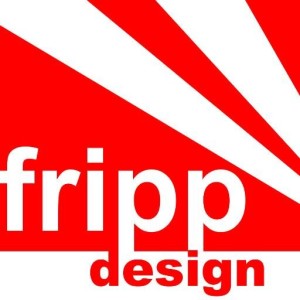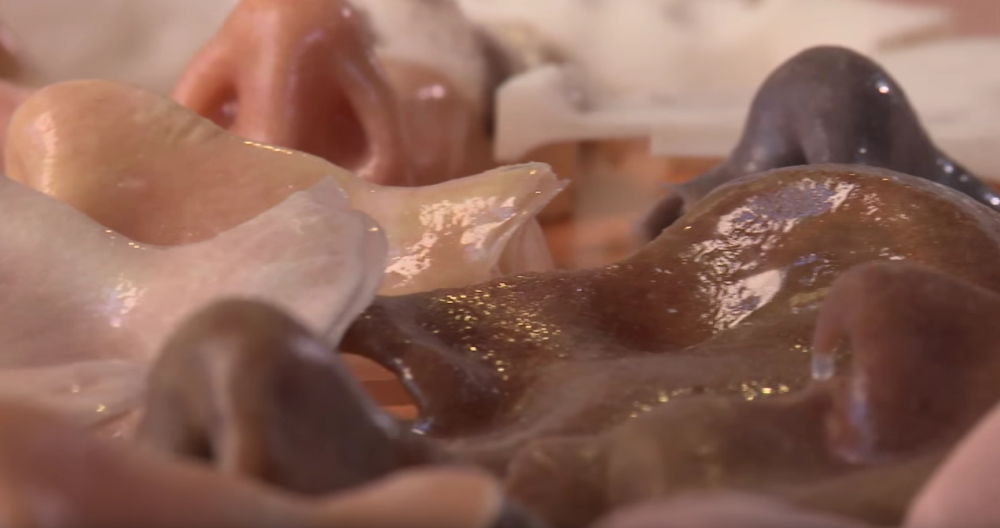Fripp Design Finally Gains Patent for 3D Printed Silicone Picsima Process and is Now Seeking Partners
 Sheffield-based design company Fripp Design developed a process for 3D printing with silicone materials called Picsima a few years ago, and they have been working on gaining a patent for in the United Kingdom. The company invested more than eighteen months into the entire patent process, and it ended up costing them well over £15,000, but this week their hard work has paid off when they were finally granted their patent. Fripp Design will also be seeking a European patent, which will now be easier to acquire after being granted a UK patent. The company will also be seeking similar patents in the United States and China in April and May.
Sheffield-based design company Fripp Design developed a process for 3D printing with silicone materials called Picsima a few years ago, and they have been working on gaining a patent for in the United Kingdom. The company invested more than eighteen months into the entire patent process, and it ended up costing them well over £15,000, but this week their hard work has paid off when they were finally granted their patent. Fripp Design will also be seeking a European patent, which will now be easier to acquire after being granted a UK patent. The company will also be seeking similar patents in the United States and China in April and May.
The Picsima silicone 3D printing process can be used to 3D print realistic prosthetic body parts using high-quality 3D scans, including noses, ears and even dentures. The process uses medical-grade silicone materials which have already been approved for surgery and use within the human body. Now that the company has patented the process they will officially begin offering potential partners and investors access to the specifics of their technology as well as licensing deals to interested companies. They are also looking for investors willing to help them set up a manufacturing facility in Rotherham to start large-scale production of Picsima 3D printers.
“The patent is a significant step forward for the company and its shareholders. It finally recognises the inventiveness of the method we have discovered which, on the face of it, would appear to be obvious yet nobody else had thought of it before us. We have had enquiries from Apple, Johnson and Johnson, Smith and Nephew, Disney and Jaguar Land Rover. The patent means we can now give clarification around the method, which is the intellectual property,” explained Fripp Design co-owner Steve Roberts.
The Picsima process starts with a bath full of a type of silicone oil that can be cured, or solidified, with a catalyst agent. A basic 3D printer configuration uses a needle as an extruder that 3D prints into the silicone oil with small, controlled amounts of the catalyst agent layer by layer. Because the catalyst solidifies the silicone almost instantly, the prosthetic body part won’t require any support structures of any kind. The concept is almost a hybrid process between a powder bed 3D printer and a stereolithography 3D printer.
More than eleven years of product design experience, 3D printing technology and working with silicone contributed to the development of the Picsima process. They key to the technology was the curable silicone material and understanding the chemistry of the process. Once co-owner Tom Fripp understood how the platinum curing silicone worked they had what Roberts described as a ‘light bulb moment,’ resulting in the creation of the Picsima technology.
The company had received a €50,000 investment from the European Commission to develop the technology, and they were considering seeking €2,000,000 more in seed money from the Commission’s Horizon 2020 grant program, but were discouraged by the year-long process that had a limited chance of success. By patenting the process and seeking investors, Roberts and Fripp believe that they can commercialize the technology much faster. You can find out more about the Picsima technology here. Discuss in the 3D Printed Silicone Picsima Process forum over at 3DPB.com.
Subscribe to Our Email Newsletter
Stay up-to-date on all the latest news from the 3D printing industry and receive information and offers from third party vendors.
You May Also Like
3D Printing Unpeeled: Biofuel Waste to Filament & Sustainable Photopolymers
I can’t ever remember a day with so many potentially high impact news stories have come out. In one story, we all know that there are problems with the safety...
Finnair Hires AM Craft to 3D Print Plastic Parts for Aircraft Interiors
Riga-based AM Craft, a supplier specialized in 3D printing aviation components and certified under EASA Part 21G, announced a significant achievement today. The company will assist in upgrading Finnair’s A320...
3DPOD Episode 198: High Speed Sintering with Neil Hopkinson, VP of AM at Stratasys
Neil Hopkinson, a pioneering 3D printing researcher, played a pivotal role in developing a body of research that is widely utilized today. He also invented High Speed Sintering (HSS), also...
3D Printing Webinar and Event Roundup: May 12, 2024
Webinars and events are picking up in the AM industry this week! ASTM International continues its Professional Certificate Course and Stratasys continues its advanced in-person trainings, while 3D Systems is...


































